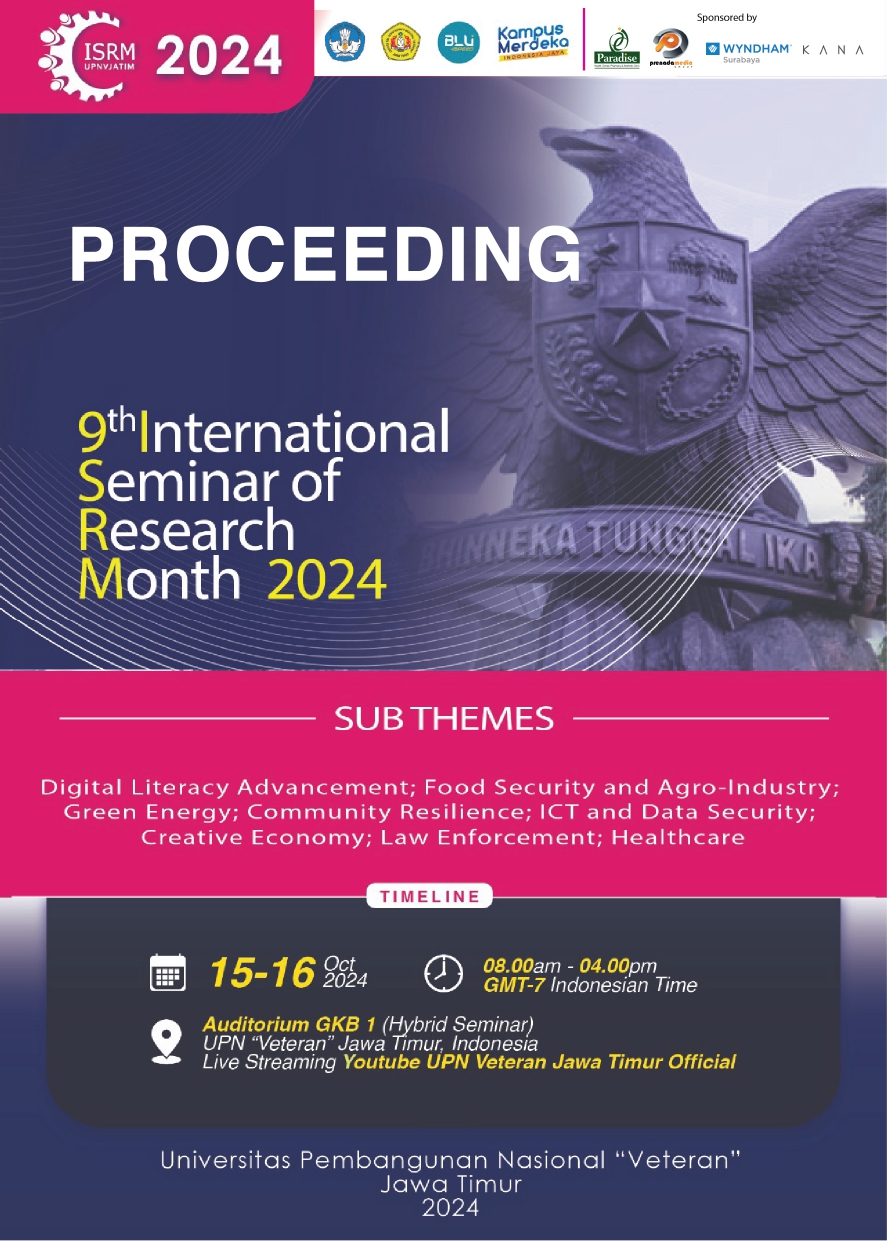Design of an Intelligent Temperature Monitoring Device Based on the Internet of Things (IoT)
DOI:
https://doi.org/10.11594/nstp.2025.4793Keywords:
Internet of things, intelligent control, temperature monitoring, IoT, temperature controlAbstract
With the increasing demand for automated solutions in modern industries and households, temperature control has become a critical factor in maintaining operational efficiency and safety. This study aims to design an intelligent control device based on the Internet of Things (IoT) capable of real-time temperature monitoring for various industrial and household applications. The system is designed to address challenges in temperature control, particularly in environments requiring high precision and continuous monitoring. The device integrates temperature sensors with IoT connectivity, enabling the collection, analysis, and transmission of temperature data to digital platforms such as mobile applications or web-based dashboards. Users can remotely monitor and control temperature conditions and receive notifications when the temperature reaches specific thresholds. This research methodology focuses on the design of hardware and software for an IoT-based temperature control system, as well as the development of a prototype design that can be applied in various operational scenarios. The resulting design is expected to provide an effective solution for temperature management, with potential applications across different sectors, ranging from manufacturing to households. Therefore, this IoT-based intelligent control design is anticipated to contribute to improving efficiency, safety, and convenience in temperature management.
Downloads
References
Hakim, M. I., Nurwahid, K., & Sanhaji, G. (2023). Rancang bangun lampu otomatis dan monitoring suhu ruangan berbasis internet of things menggunakan Nodemcu V3 Dan Blynk. TESLA: Jurnal Teknik Elektro, 25(1), 82–91. https://doi.org/10.24912/tesla.v25i1.23284
Irawati, I., Amien, M. T., Sumarno, E., & Rosyadi, F. (2023). Prototype monitoring suhu dan kelembapan pada kubikel 20 kV berbasis IoT. Transmisi: Jurnal Ilmiah Teknik Elektro, 25(3), 103–114. https://doi.org/10.14710/transmisi.25.3.103-114
Kusumah, R., Islam, H. I., & Sobur, S. (2023). Sistem monitoring suhu dan kelembaban berbasis internet of things (IoT) pada ruang data center. Journal of Applied Informatics and Computing, 7(1), 82–88. https://doi.org/10.30871/jaic.v7i1.5199
Raharjo, E. B., Marwanto, S., & Romadhona, A. (2019). Rancangan sistem monitoring suhu dan kelembapan ruang server berbasis internet of things. Teknika, 6(2), 61–68.
Salam, F., & Alexander, O. (2023). Perancangan Monitoring Suhu Berbasis Internet of Things Dengan Node Mcu Esp8266, Dht 11 Dan Thingspeak. Jurnal Ilmiah Informatika, 11(01), 22–26. https://doi.org/10.33884/jif.v11i01.6546
Susilawati, H., Andiyani, A. N., & Nurpadillah, S. (2023). Rancang bangun sistem monitoring dan kendali suhu ruangan berbasis internet of things. CYCLOTRON : Jurnal Teknik Elektro, 5(69), 55–60.
Susilawati, S., Suseno, S., & Rozikin, C. (2020). Sistem monitoring suhu dan kelembaban ruang produksi berbasis wireless sensor network pada PT. Xxx manufacturing services Indonesia. JUST IT : Jurnal Sistem Informasi, Teknologi Informasi Dan Komputer, 10(2), 136. https://doi.org/10.24853/justit.10.2.136-143
Vinola, F., & Rakhman, A. (2020). Sistem monitoring dan controlling suhu ruangan berbasis internet of things. Jurnal Teknik Elektro Dan Komputer, 9(2), 117–126.
Zarkasi, A., Saprian, S. A., & Novriansyah. (2019). Implementasi monitoring real time suhu dan kelembaban jarak jauh berbasis IOT. Implementasi Monitoring Real Time Suhu Dan Kelembaban Jarak Jauh Berbasis IOT, 5(1), 90–94.
Downloads
Published
Conference Proceedings Volume
Section
License

This work is licensed under a Creative Commons Attribution 4.0 International License.
Authors who publish with this proceedings agree to the following terms:
Authors retain copyright and grant the Nusantara Science and Technology Proceedings right of first publication with the work simultaneously licensed under a Creative Commons Attribution License that allows others to share the work with an acknowledgement of the work's authorship and initial publication in this proceeding.
Authors are able to enter into separate, additional contractual arrangements for the non-exclusive distribution of the proceedings published version of the work (e.g., post it to an institutional repository or publish it in a book), with an acknowledgement of its initial publication in this proceeding.
Authors are permitted and encouraged to post their work online (e.g., in institutional repositories or on their website) prior to and during the submission process, as it can lead to productive exchanges, as well as earlier and greater citation of published work (See the Effect of Open Access).














